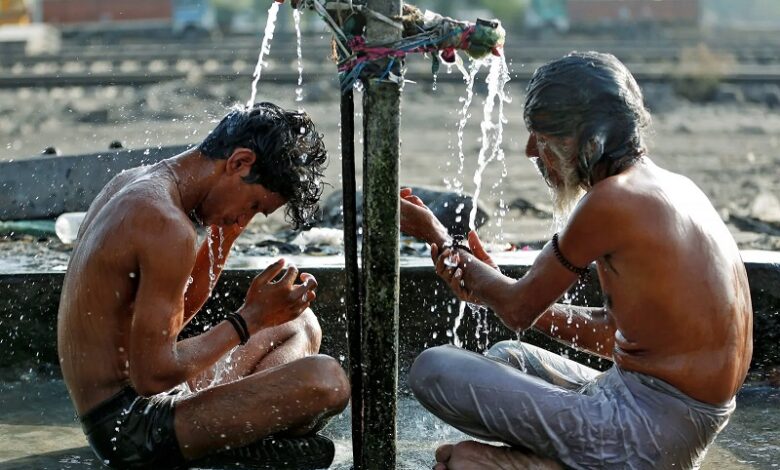Scorching Heatwaves Grip South and Southeast Asia: Urgent Adaptation Needed

News Mania Desk / Agnibeena Ghosh/22nd May 2024
Since April 2024, vast swathes of South and Southeast Asia, spanning from Pakistan to the Philippines, have been enduring relentless extreme heat. This series of heatwaves has impacted some of the world’s most densely populated regions, affecting human health, economic activities, and education systems.
In India, Bangladesh, and the Philippines, the severe heat has led authorities to advise students to stay home due to the significant health risks. Bangladesh took the extreme measure of closing all primary schools for several weeks as temperatures soared to 43.8°C on April 30. In India, the heatwaves have even become a pivotal issue in the ongoing elections.
Once temperatures surpass 38°C, exceeding the human core body temperature of around 37°C, the likelihood of heat exhaustion and heatstroke rises dramatically. This risk is further exacerbated by the high humidity in the region, which impedes the body’s ability to cool down through sweating. Consequently, extreme heat in tropical climates can be more hazardous than in arid desert conditions.
So far, tens of millions of people across South and Southeast Asia have been exposed to these perilous conditions, significantly affecting labor productivity. Countries including India, Burma, Thailand, and Cambodia have experienced extreme heat throughout April, disrupting daily life and economic activities.
The extreme heat is driven by a combination of local and global factors. Locally, less vegetation and soil moisture contribute to higher temperatures, while urban areas with concrete and asphalt experience intensified heat due to the urban heat island effect. Wind patterns and cloud formation also play roles in regional temperature variations.
On a global scale, phenomena such as El Niño and ongoing global warming exacerbate these conditions. El Niño, the warm phase of a natural temperature fluctuation in the tropical Pacific, has been in effect since May 2023. This phase releases additional heat, amplifying the effects of global warming and leading to more frequent and severe heatwaves in Asia.
The current heatwaves have been described by scientists from the World Weather Attribution team as “impossible” without the influence of climate change. Over the past 85 years, cities in South and Southeast Asia have already seen a long-term increase in the number of dangerously hot days in April, highlighting the urgent need for adaptation.
April and May are traditionally the hottest months in South and Southeast Asia, but as the climate continues to warm, the region faces the challenge of coping with increasing extreme heat. Rapid adaptation measures and global efforts to reduce greenhouse gas emissions are crucial. This includes implementing heat action plans tailored to the specific climate, public health, and socioeconomic conditions of each region.
For instance, strategies effective in urban, affluent, and humid environments like Singapore might not be suitable for drier, poorer, and more rural areas of India. Comprehensive risk assessments combining environmental hazard estimates with population and asset vulnerabilities are necessary to develop efficient temperature mitigation measures for various levels of extreme heat.
Some countries in South and Southeast Asia have begun making progress with their heat action plans in response to past extreme heat events. However, there is still significant room for improvement and a need for more targeted approaches at the district level. Given the expectation that extreme heat events in this region will become more frequent, widespread, and intense, enhancing these plans is critical.
As these extreme heatwaves continue to affect millions, the urgency for effective adaptation and mitigation strategies cannot be overstated. The health and well-being of millions, the stability of economies, and the future of education systems in these regions depend on how swiftly and effectively these measures are implemented.






